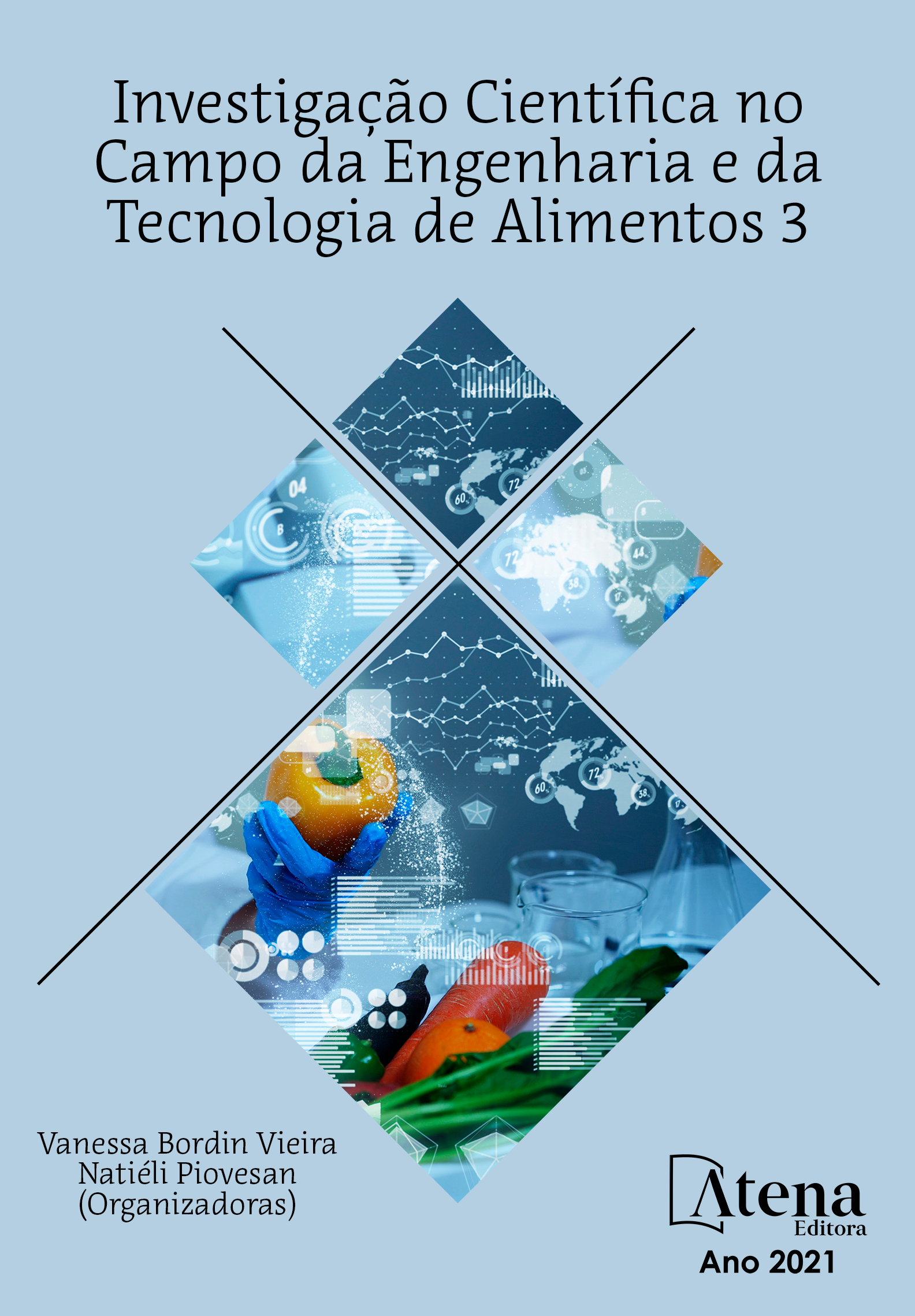
CONSTRUÇÃO DE UM PROTÓTIPO E SIMULAÇÃO DE DIAGRAMA DE FASES 3D PARA SUBSTÂNCIAS PURAS
A utilização de meios computacionais no ensino, para visualização dos diagramas de fases das substâncias puras é limitada a representações bidimensionais, restringindo a interpretação dos dados a duas variáveis (pressão e temperatura ou pressão e volume ou temperatura e volume). Isto dificulta o entendimento dos processos, uma vez que, por definição, a pressão pode ser determinada em função da temperatura e volume relacionando as três variáveis simultaneamente. Assim, a análise de uma superfície é útil para mostrar as relações gerais entre as três fases da matéria a partir do estudo de propriedades da substância no estado de saturação, ponto crítico, dentre outras. Neste trabalho, foi construído um protótipo e feita uma simulação do diagrama tridimensional correspondente às substâncias puras, aperfeiçoando a visualização e entendimento dos processos envolvidos para futura aplicação nas disciplinas de Termodinâmica I e II. Para isto, o protótipo foi esculpido sobre um cubo de gesso de 40cm de aresta com auxílio de um martelo e lâminas de aço. A superfície foi polida, lixada e pintada para dar os acabamentos similares aos do modelo 3D. Para a simulação da superfície utilizou-se o Microsoft Excel como ferramenta, com suporte de dois suplementos: XSEOS e OCTOPUS, mostrando-se como alternativa viável para representação dos dados. Tanto os gráficos bidimensionais quanto as superfícies tridimensionais foram analisados. A Equação de estado de Peng-Robinson foi a que melhor representou a relação entre P, v e T para a água pura. As análises possibilitaram o estudo do comportamento volumétrico das isotermas sendo o protótipo um auxiliar à análise integral da superfície esperada.
CONSTRUÇÃO DE UM PROTÓTIPO E SIMULAÇÃO DE DIAGRAMA DE FASES 3D PARA SUBSTÂNCIAS PURAS
-
DOI: 10.22533/at.ed.88621052111
-
Palavras-chave: Processos termodinâmicos; Equações de Peng-Robinson; Variáveis de Estado; Substâncias Puras; Superfície PvT.
-
Keywords: Thermodynamic processes; Peng-Robinson equations; State variables; Pure Substances; PvT surface.
-
Abstract:
The use of computational means in teaching, to view the phase diagrams of pure substances is limited to two-dimensional representations, restricting the interpretation of the data to two variables (pressure and temperature or pressure and volume or temperature and volume). This makes it difficult to understand the processes, since, by definition, pressure can be determined as a function of temperature and volume by relating the three variables simultaneously. Thus, the analysis of a surface is useful to show the general relationships between the three phases of matter from the study of properties of the substance in the state of saturation, critical point, among others. In this work, a prototype was built and a simulation of the three-dimensional diagram corresponding to the pure substances was made, perfecting the visualization and understanding of the processes involved for future application in the disciplines of Thermodynamics I and II. For this, the prototype was sculpted on a plaster cube with a 40cm edge with the help of a hammer and steel blades. The surface was polished, sanded and painted to give finishes similar to those of the 3D model. For the simulation of the surface, Microsoft Excel was used as a tool, with the support of two supplements: XSEOS and OCTOPUS, showing itself as a viable alternative for data representation. Both two-dimensional graphics and three-dimensional surfaces were analyzed. The Peng-Robinson equation of state was the one that best represented the relationship between , and for pure water. The analyzes made it possible to study the volumetric behavior of the isotherms, the prototype being an aid to the integral analysis of the expected surface.
-
Número de páginas: 12
- Lina María Grajales
- Dhayna Oliveira Sobral


